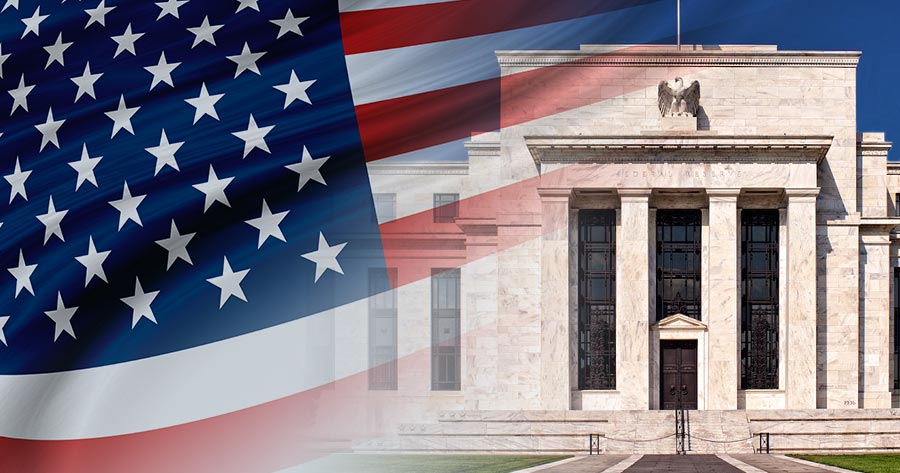Applications for unemployment insurance in the U.S. are expected to advance in the latest weekly data extending a broader downtrend after surging COVID-19 infections earlier last year disrupted the labor market’s recovery.
The Labor Department is set to release its latest weekly jobless claims report Thursday and according to Bloomberg estimates initial jobless claims, week ended March 5 expected to be at 219,000 compared to 215,000 during prior week. Consecutively, continuing claims for the week ended Feb. 26 expected to be at 1.450 million compared to 1.467 during prior week.
The previous report in the final week of February marked a two-month low and a read better than economists had anticipated. The figure also reached the lowest level since the week ended Dec. 31, when new weekly claims totaled 207,000.
Meanwhile, Bank of America forecasted initial jobless claims are likely to fall to 210,000 in the week ending March 5, continuing to signal labor market tightness as companies continue to hold onto workers, the financial institution said in a recent note.
“With seemingly no shortage of sources of turmoil in our world, the U.S. job market has, at least so far, remained a source of relative strength and stability,” Bankrate senior economic analyst Mark Hamrick said in a note.
He signaled, however, that although “COVID has relaxed its grip,” inflationary pressures and continuing, and potentially growing supply shocks, will have an “inescapable negative impact on the economy.”
Fillings of unemployment insurance had lowered earlier after a temporary surge mid-January to a print of nearly 300,000, following a rush of U.S. workers applying for benefits amid disruptions from the Omicron coronavirus variant and workforce after the seasonal hiring increase at the end of 2021.
Although COVID’s impact on the labor market have appeared to ease, the economic toll the war in Eastern Europe may have remains unclear.
“The recent shocking surge in gasoline prices, if sustained, will serve as a costly tax on consumers,” Hamrick added.
“How much that slows economic momentum in the coming days, weeks and beyond, is difficult to precisely gauge and predict at this point.”
Rubeela Farooqi, chief U.S. economist at High Frequency Economics, predicted in a note that rapidly improving labor market conditions should continue “for now.”
“At the moment, the financial market turbulence and coming slowdown in Europe’s economy after Russia invaded Ukraine is having no spillover effect in the U.S.,” FWDBONDS chief economist Christopher S. Rupkey said in a note.
Earlier, Fed’s chair Jerome Powell’s put heavy weight on strong labor market that would support his 25-basis point interest rate hike which is to be announced in next Fed’s meeting on March 16.




